25 best fantasy games ever
Skyrim may be coming out today, but it has a lot to live up to – here are the best fantasy games of all time

The Elder Scrolls: Skyrim might be out today, but it’s not the be-all and end-all of fantasy gaming. These classics of the genre laid the groundwork for Skyrim’s sprawling fantasy world. And it has a lot to live up to. So in no particular order, the 25 best fantasy games ever are…
Dungeon Master (1987)
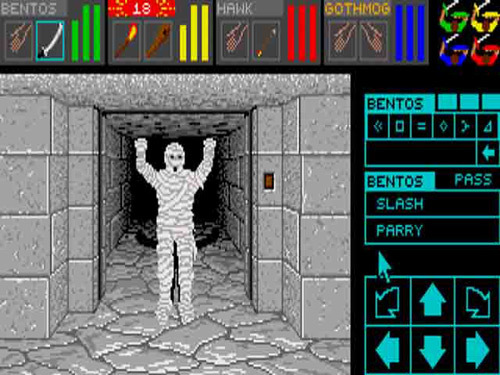

Not a kinky sex lord. If you owned an Atari ST, you probably owned Dungeon Master. It was the first 3D real-time action RPG, and consequently sold a whole load of copies. Not a lot of people know this, but there was a port to the handheld console, the Atari Lynx, where it was named Dungeon Slayers. Good, it was.
Gauntlet (1985)
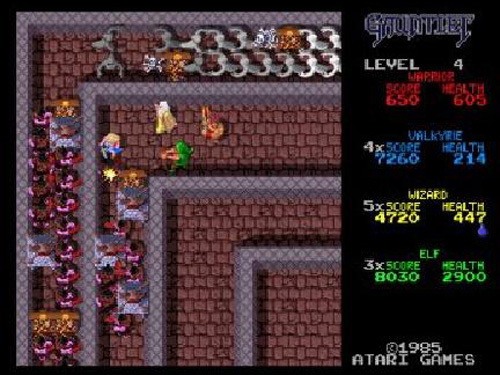

“Wizard needs food badly.” The sampled voice of Gauntlet’s narrator rang out across video game arcades in the 1980s, but it wasn’t this gimmick that kept players welded to this hack-and-slash action adventurer. It was the blisteringly fast four-player action, the different character classes, each with their own unique skills, and the mounting tension as your hero’s health gradually drained away. And your idiot mate shot the food.
Dungeon Keeper (1997)
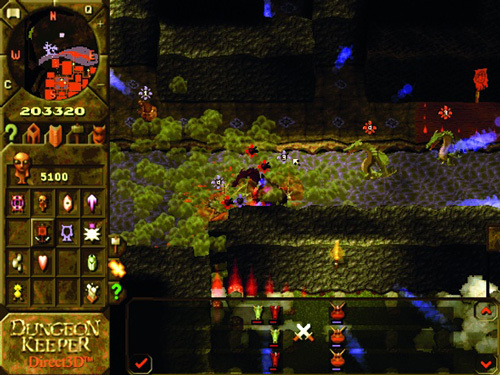

It’s all very well being a hero, venturing into dungeons in search of treasure and abducted princesses – but think of the trouble they cause for the owners of those dungeons. The boot’s on the other foot in this classic strategy game from Peter Molyneux, which places you in the role of a villain fending off questing heroes with the aid of your minions. Rather wonderfully, you also have to stop your followers from killing each other, keeping vampires well away from warlocks and so forth – and giving you a taste of the bureaucracy involved in micromanaging a dungeon full of evil creatures.
Die By the Sword (1998)
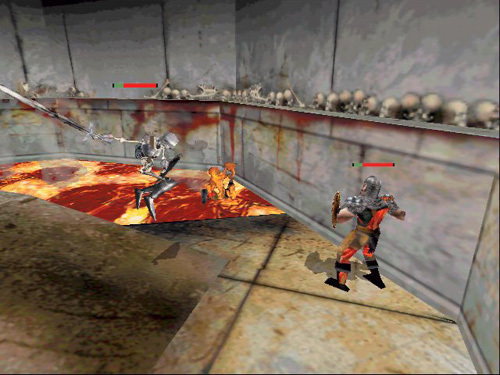

“Arr, taste steel!” Playing a ludicrously-accented hero on the most perfunctory quest imaginable – rescue your significant other from an evil wizard – this actioner doesn’t win points for an original plot. But its control system was unique – you controlled your hero’s movements with the keyboard and his sword arm with your mouse. Lopping off orcs’ limbs, leaving them hopping around like Monty Python’s Black Knight, was hugely satisfying.
The Legend of Zelda: Ocarina of Time (1998)
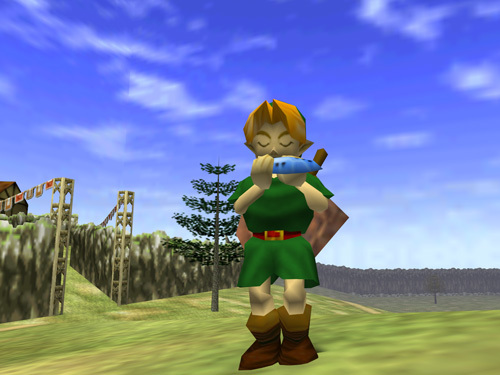

Not content to just recreate the previous entries in the Legend of Zelda series in 3D, Ocarina of Time built on their foundations – developing SNES predecessor A Link to the Past’s simple notion of mirrored Light and Dark Worlds into the more mature idea of switching between two different timezones, each with their own distinct feel. It added innovations like Z-targeting, context-sensitive buttons – now the norm in games – and, of course, the ocarina itself, used to conjure up melodies to solve puzzles and teleport around the expansive gameworld. Perfectly harmonious.
Ultima Underworld: The Stygian Abyss (1992)
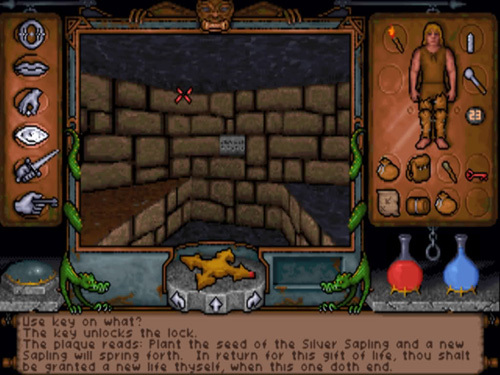

The venerable Ultima franchise got a 3D spit-and-polish for this innovative instalment, which saw the series’ hero the Avatar banished to the depths of the Stygian Abyss to – you guessed it – rescue a princess.
The game’s big innovation was its use of a first-person 3D perspective, complete with varying heights, the ability to look up and variable lighting – all long before Doom hit the scene. But the tech was only half the story, with eight gigantic levels of claustrophobic underground labyrinths to explore.
The Hobbit (1982)
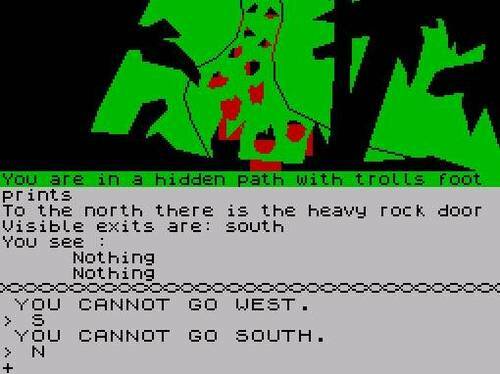

Beam Software’s The Hobbit – for the ZX Spectrum and Commodore 64 – sold over a million copies in the 80s thanks to gamers’ love of typing commands in Inglish – a variation of English that included adverbs, pronouns and punctuation. So not only could you attack a troll, you could also ‘viciously’ attack it. And Gandalf runs around getting himself in trouble: need we say more?
Baldur’s Gate (1998)
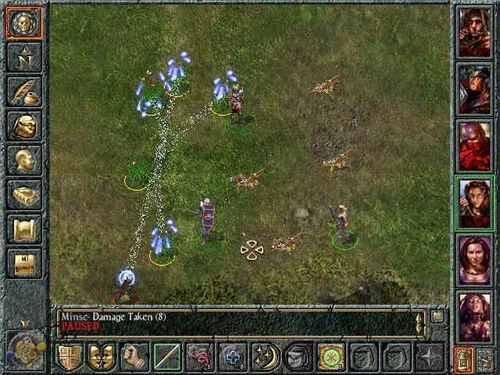

Baldur’s Gate was a breath of Forgotten Realms air for the fantasy RPG genre. Relying heavily on plot and dialogue, Bioware’s game sees you investigating the mysterious Iron Throne organisation and defating the evil mastermind Saverok. And with plenty of spin-offs, gamers loved how Baldur’s Gate took the second edition Advanced Dungeons and Dragons rules to dizzy, new heights.
Neverwinter Nights (2002)
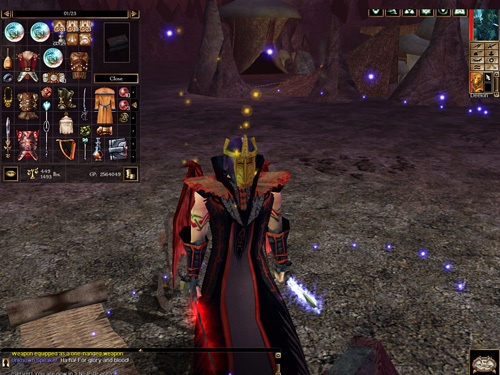

Pinching its title from the old AOL and Stormfront Studios online game, BioWare’s multiplayer epic was the first game to use the 3rd edition Advanced Dungeons and Dragons rules, perfectly replicating the experience of playing AD&D with your mates – minus the clatter of rolling dice. The Aurora toolset and DM client even let dungeon masters create their own campaigns for chums to play through.
Superbrothers Sword and Sworcery (2011)
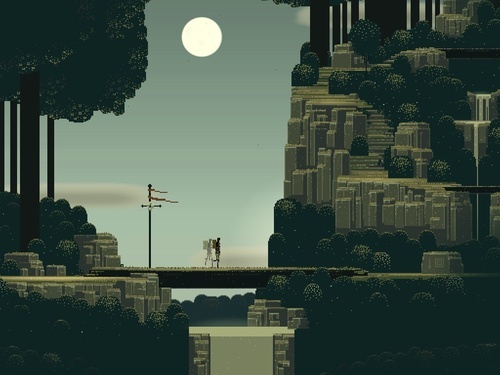

Capybara Games’ hit iOS title took the App Store by storm this year with its music-themed mysteries and well, swords and sorcery gameplay. Help the Scythian travel across a pixellated, 16-bit style countryside, reading people’s minds with your magic Megatome book and jumping between real and dream worlds by falling asleep. And don’t forget to keep an eye on the phases of the moon.
Barbarian: The Ultimate Warrior (1987)
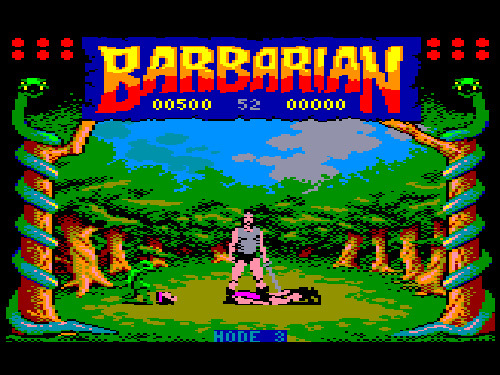

You bought Barbarian for the cover art showing page three girl Maria Whittaker submitting to a hunky Barbarian. The path to the more prosaic in-game story climax involved beheading a series of opponents who spurted blood from their necks before having their lifeless bodies dragged away by a retching goblin. A button masher at heart, the central strategy was choosing the joystick that hadn’t had a can of Coke spilled on it.
EverQuest (1999)
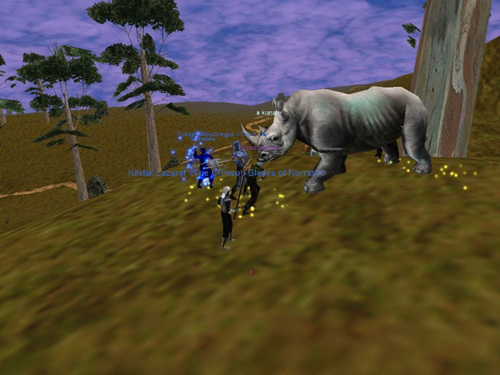

If a game’s success is judged on its progeny, EverQuest (known to its mates as EQ) can hold its head high. There have been 17 expansions to EQ for Windows, the most recent being 2010’s House of Thule. The full array of D&D characters are out in force, from warriors and bards to spell-casting necromancers.
King’s Quest VI: Heir Today, Gone Tomorrow (1992)
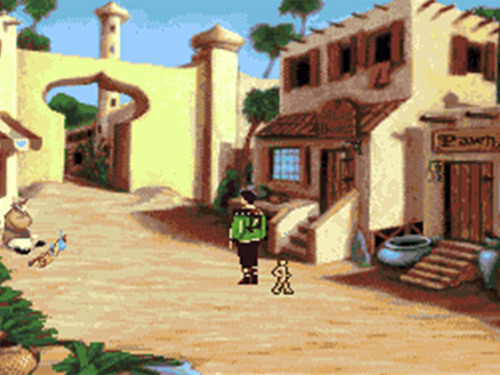

King’s Quest is the epitome of the “golden age” of adventure gaming, and King’s Quest VI, with its punny title, is the series’ crowning edition despite 1992 being a tough year to get noticed; the gaming limelight was being stolen by Super Mario Kart on SNES and – for the desk-bound – Minesweeper making an appearance in Windows 3.1.
Quest for Glory (1989)
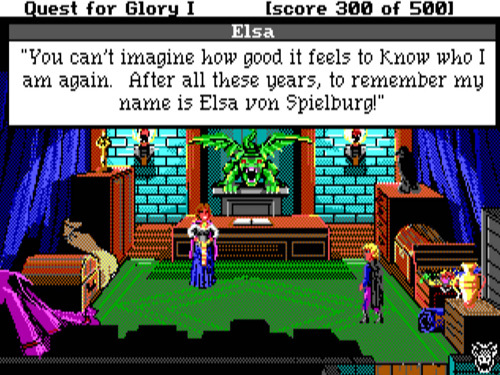

Called Hero’s Quest until Games Workshop’s HeroQuest board game got its lawyers out, Quest for Glory: So You Want to be a Hero made gaming history by fusing open-ended adventure gaming with RPG character building. You could choose to take on the baddie (an ogress called Baba Yaga) as a fighter, magic user or thief. Sadly, a planned archer centaur never made the final release.
Shadow of the Colossus (2006)
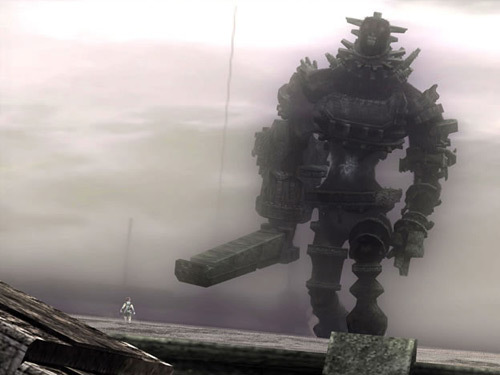

The not-sequel to Ico, Shadow of the Colossus places you in the role of Wander, who must take on 16 colossi on his travels across a forbidden land. It’s classed as a puzzler because of how difficult each enemy’s weaknesses are to work out – but with a girl called Mono that needs saving, you just can’t stop climbing over those mountainous monsters.
Final Fantasy VII (1997)
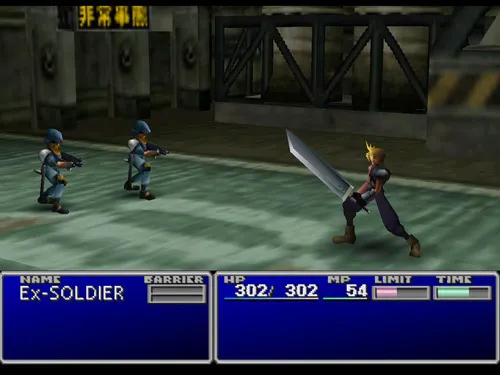

The one with the giant sword dude. From one of the most successful RPG fantasy franchises ever, Square brought us this seventh installment on the PlayStation that is still – with over 10 million sales – the best selling of the lot. An intensely detailed story, powerful weapons, top graphics and great cut scenes made this a hit, even outside of Japan. Often called “the game that sold the PlayStation”.
Zork (1979)
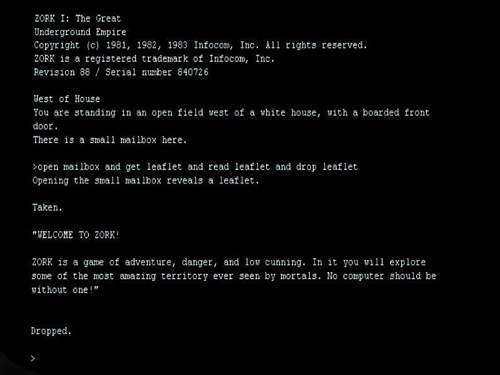

Created by MIT programmers on a DEC PDP-10 PC and named Zork, hacker slang for an unfinished programme. Released on Apple II, Atari 8-bit, IBM PC and Commodore 64, it was the most successful game of its era. The story of a treasure hunting dungeon explorer was pretty intricate and helped make it a cult hit of its day.
It’s even included as a hidden easter egg in Call of Duty: Black Ops – press R1 and R2 at the menu to stand up, head over to the computer at the left of the room and type ‘zork’ for some retro gaming goodness. Good luck playing a text adventure without a keyboard, though.
World of Warcraft (2004)
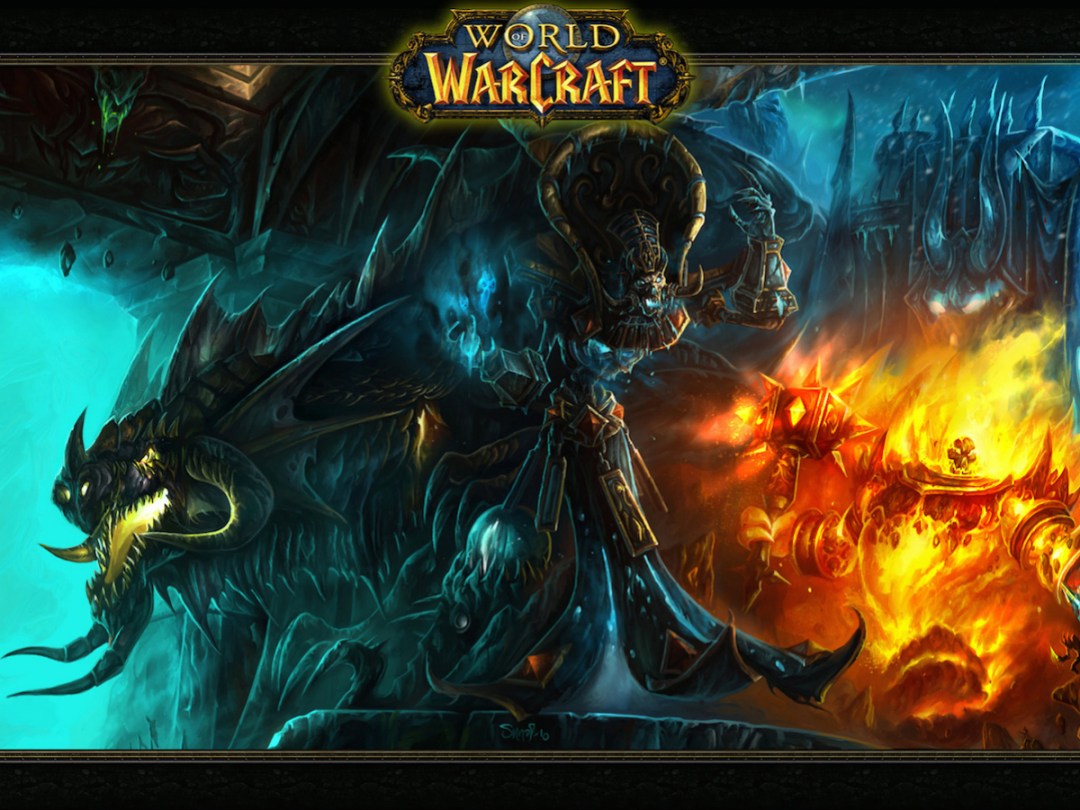

WoW is the world’s most subscribed MMORPG, ever, and its unprecedented popularity made it a cultural phenomenon. As the fourth game in Warcraft’s fantasy universe, WoW continues where Warcraft III: The Frozen Throne left off. And while it encourages you to play relentlessly, joining an online world of myth and magic, exploring jagged, snowy peaks and vast mountain fortresses can be dangerous. You only need to look at the amount of WoW-related deaths to know an addiction really isn’t healthy.
Ultima VII (1992)
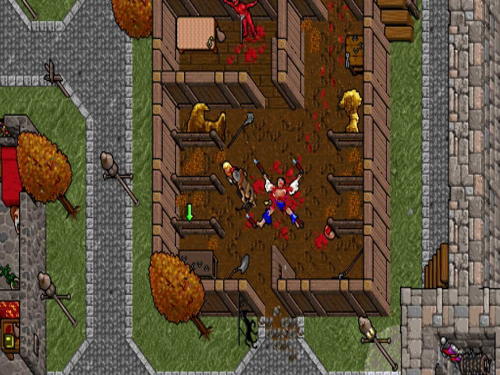

The seventh instalment in the Ultima series was not only a critical and commercial success, but was the most masterfully executed of the Ultima series. It brought major changes to the forefront – mainly a move away from tile and grid-based graphics and was the first that offered entirely mouse-driven game-play. Combined with an impressive level of storytelling, which developed real characters, Ultima VII is regarded as one of the best RPGs ever created.
Fable II (2008)
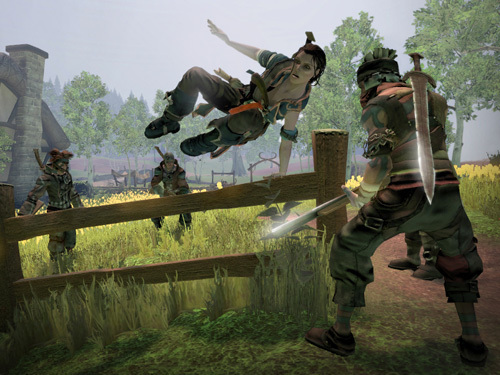

What kind of hero will you be? One who selfishly hoards his money and looks out for number one, even at the expense of other’s suffering? Or a noble hero who helps the poor and sacrifices everything to protect the innocent? Whether corrupt or pure, Fable makes sure it shows. The truly evil grow horns, while the saintly earn a halo. So good, it was awarded gold master status a month after release.
Golden Axe (1989)
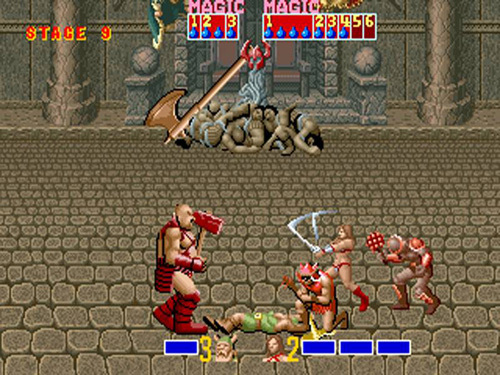

Featuring buff warriors in furry pants and Red Sonja-style warrior goddesses in bikinis, this barbarian themed beat-em-up was heavily inspired by Conan the Barbarian. The aim of the game? Seek and destroy the evil lord, Death Adder – who with a name like that was hardly going to pursue a career in accountancy. Mr Adder – who wears a frightening mask just to let you know he’s evil – has kidnapped the king and princess and killed your loved ones, so he’s due a serious ass-whupping. What started as an arcade game later spawned two sequels for the Genesis, another for the arcade, and several spinoffs outside of the main series.
Diablo (1996)
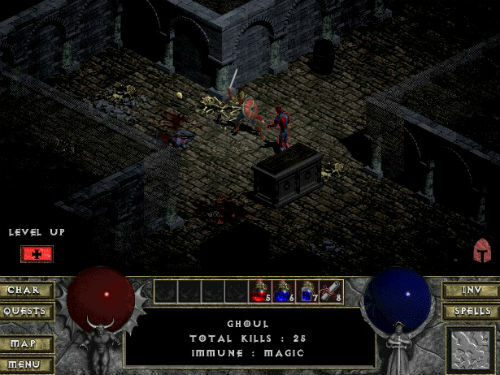

Choosing from a strong warrior, stealthy rogue or powerful mage, Diablo sets you the task of traversing through 16 dungeon levels to reach the depths of Hell itself, in a bid to defeat the Lord of Terror and rid the land of his nightmare-fuelled creatures. Coupled with a solid multiplayer experience, Diablo still holds a special place in the hearts of modern-day monster bashers to this day.
Dragon Age: Origins (2009)
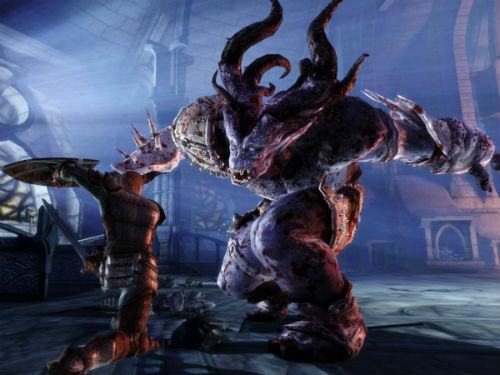

Dragon Age: Origins places a heavy emphasis on your character’s background, and the decisions and repercussions of your actions reverberate throughout the ongoing story – so much so, that you can even influence who becomes king. A truly epic RPG that blends a cocktail of customisation, magic, and cold hard steel with great depth and a polished narrative.
Warcraft: Orcs and Humans (1994)
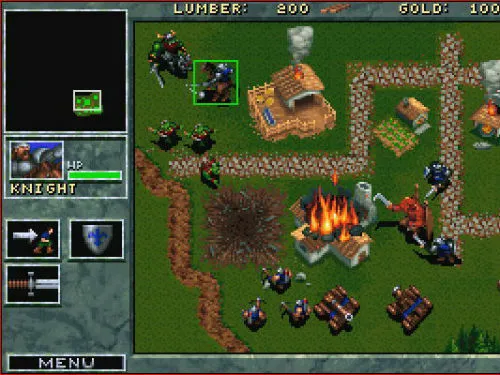

Long before Blizzard sunk its talons into carpal tunnel-ridden World of Warcraft subscribers, it created this real time strategy game in which you chop wood, mine ore and gather resources in order to grow your empire and army to conquer enemies and compete with roaming wild monsters. Heated multiplayer LAN skirmishes were a must, back in the days when they were still cool.
The Elder Scrolls IV: Oblivion (2006)
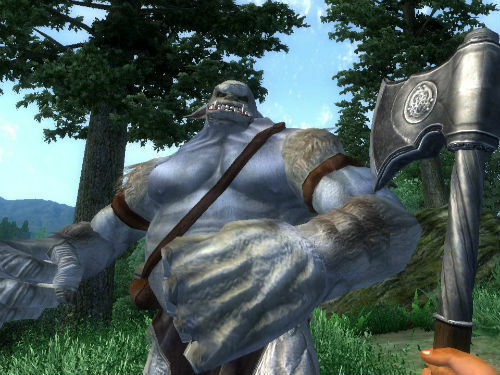

Even with its sequel Skyrim hitting the store shelves today, Elder Scrolls fans are still playing its predecessor Oblivion – because of its vast fantasy world and the depth of its gameplay. You can happily invest 100 hours of your precious time without even touching the main quest. Hunt animals, join guilds, battle in arenas, or just enjoy a peaceful mountain-top horse ride. Don’t forget to keep a fireball spell handy to dispose of pesky trolls though – they always spoil the view.
More big lists from Stuff.tv
5 of the best future sports movies
Gaming lists
25 best PlayStation games ever
More gadget lists



